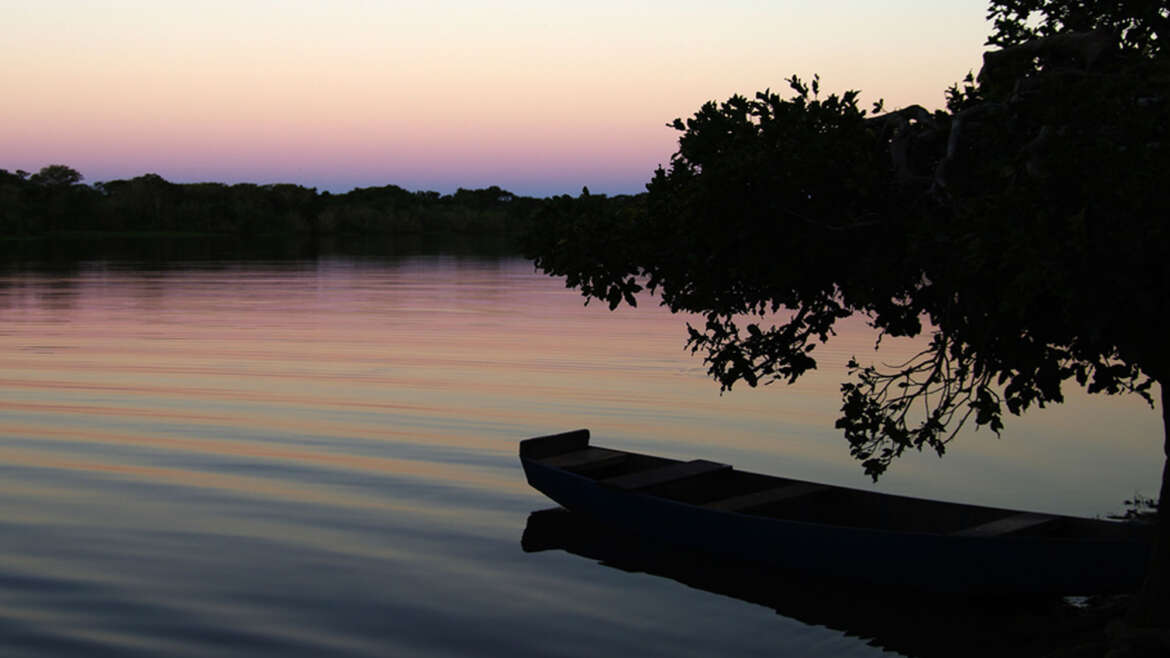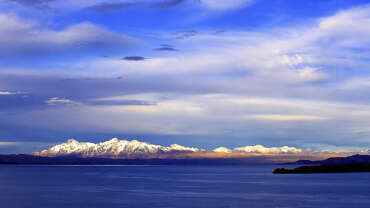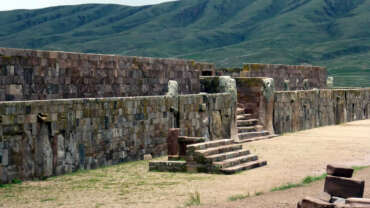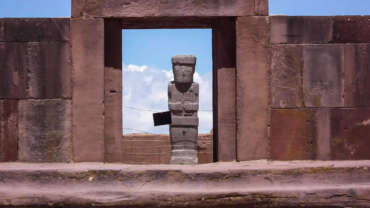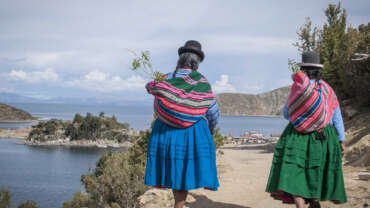Tourist attractions in Oruro
Sajama National Park
The National Park Sajama is located to the Northwest of Oruro, Bolivia. Features the imposing snow covered Sajama mountain, altoandinas lagoons, thermal water and andinism routes.
Oruro Carnival
The Carnival of Oruro is held as a sign of devotion to the Virgin of Socavon. The Carnival of Oruro is one of the largest cultural events and festivities in Bolivia and Latin America.
Salar de Coipasa
Coipasa is Bolivia’s second largest salt flat, in the arid but colourful Altiplano of Bolivia, about 100 miles (160 km) southwest of the city of Oruro, near the Chilean border.
Sanctuary of Socavon
Santuario del Socavon is a religious temple of special devotion for the inhabitants of Oruro, where the Candlemas’s Virgin is worshipped. The splendid Carnival of Oruro is carried out in her honor.
Lighthouse of Conchupata
Enjoy a panoramic view of the city of Oruro in Bolivia from the national monument called Lighthouse of Conchupata, where the current bolivian national emblem was hoisted for the first time on November 7th, 1851.
San Miguel de la Rancheria Church
San Miguel de la Rancheria is one of the oldest churches in the city of Oruro in Bolivia. It keeps paintings and sculptures of enormous sacred value.
La Portada del Beaterio
La Portada del Beaterio, sculpted in stone, is a pilgrimage center in devotion to its founder, Sister Nazaria March, beatified in 1993. It has a convent where a small museum exists with its founder’s belongings.
Yarvicoya Church
The Yarvicoya Church is another remarkable example of the mestizo Baroque art. It is located a few kilometers from Oruro in Bolivia. The church has been declared a national monument.
San Jose mine
The silver, lead and tin that were extracted of the tunnels of San Jose mine were very important for the economy of Bolivia. The mine, located at 5 kilometers from downtown Oruro, began to be exploited two centuries ago.
Vinto
Vinto is a town located at five kilometers from the city of Oruro in Bolivia. Vinto is the Bolivia’s most important industrial center. Vinto has several smelting furnaces used to purify argentiferous metals.
Cala Cala
Cala Cala is a town which was built at about 21 kilometers from Oruro in Bolivia. Cala Cala is an archaeological area, where pre-colombinan paintings can be found. Flocks of flamingos, llamas and felines, were sketched with simple lines by the ancient Bolivians.
Curahuara de Carangas
Located Southwest from Oruro in Bolivia, Curahuara de Carangas was built over the flat terrain of the Altiplano (High Plateau) while following a typical architectural style from colonial times. Curahuara was also known as ‘Ruta de la Plata’ (The Silver Route), and it was the only way of access to the Pacific Ocean.
Pumiri
At approximately 20 kilometers from the town of Turco near Oruro, Bolivia, are the pre-historic ruins of Pumiri that can be seen from a distance. These ruins are known as ‘Cuidad de Piedra’ (City of Stone).
Capachos and Obrajes
The waters of the spas of Capachos and Obrajes near Oruro, Bolivia, are hot and medicinal and a temptation for the tourists that arrive in Oruro.
Chullpares bridge
From Chullpares bridge near Oruro, built in the colonial time, the beauty of the highlands of Bolivia can be appreciated.
Lake Poopo
Lake Poopo is located at 65 kilometers from Oruro in Bolivia, on the route that leads to the neighboring department of Potosi. The biggest attraction is the island of Panza, an ideal place for hunting and fishing.
Paria
A temple of stone of remarkable mestizo style is the main jewel of the first town in the region to be founded by the Spanish conquerors. According to the historical data, Paria near Oruro, Bolivia, was founded in 1535 by Diego de Almagro and the captain Juan de Saavedra.



